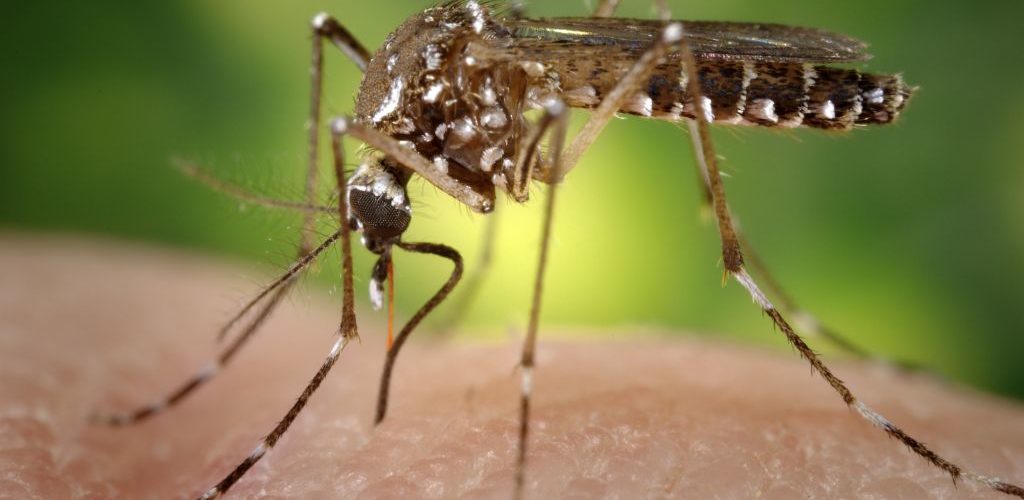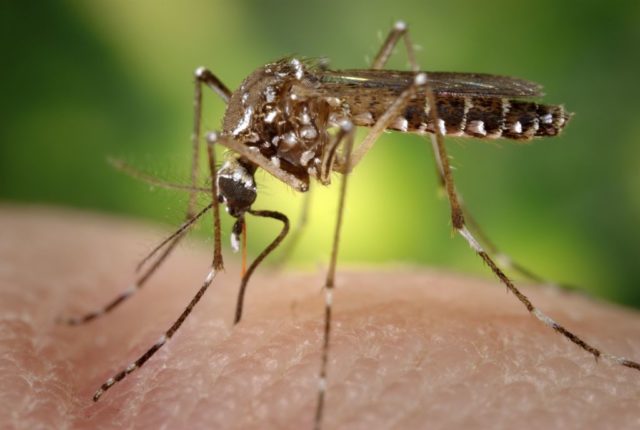Can we prevent the next possible pandemic?

It was 2016, a year when Brad Pitt and Angelina Jolie were still together and the Rio Summer Olympics were celebrated. An American president visited Cuba for the first time, Sweden won the Eurovision song contest, India turned on the world’s largest solar power plant, and Africa was named the world’s second-fastest growing economy. Numerous cultural and political events can be highlighted but no one probably remembers 2016 as the year which could have ushered in a world pandemic.
Prior to the COVID-19 era, pandemics were regarded as something from the past. Most people might recall cholera, the plague, or the Spanish flu but all of these date to at least 100 years ago. Despite the fact that the world has faced important public health challenges, the impact of a true pandemic had not occurred in our generation before. We are, however, threatened by another pathogen becoming the next world disaster every single day. But what if I told you that there is a fully preventable virus with great pandemic potential being completely overlooked? I present to you: yellow fever virus (YFV).
“That virus is a thing of the past, right? It’s only common in Africa, isn’t it? If you get it, there is a cure, isn’t there?” No, no and… no.
The virus is still circulating and causing disease in over 200,000 reported cases per year. Although it is typically found in over 39 countries in the Americas and Africa, the disease is slowly reaching areas where it has not been seen before. Sadly, those who develop serious illness (15% of all infections) have a 50% chance of dying, and there is no antiviral therapy available in the world to improve those odds. There is a vaccine but it is simply unfeasible to vaccinate everyone, so priority must be given to people living in endemic YFV areas and anyone travelling to those areas.
The perfect recipe for another pandemic
YFV is mostly transmitted by the Aedes species of mosquito, which is the carrier for other viruses such as dengue and Zika virus. When the mosquito feeds on an infected person or animal, the virus travels from the mosquito’s digestive system into its salivary glands. Then, the virus is passed along to another person when the mosquito feeds again. This species of mosquito is so widespread that almost half of the human population lives in areas colonised by them. Curiously, despite the ubiquitous presence of the mosquito in Asia and the annual seasonal fights against very similar viruses such as Zika and dengue, there are no records of a single YFV outbreak in this continent. The reason behind this remains a mystery. However, the unprecedented increment of travel poses a major risk to the introduction of YFV into the Eastern world for it only takes one infected traveller to be bitten by a mosquito at the right time to start a new continental-scale epidemic. Vaccination against YFV is highly recommended and occasionally mandatory when entering a YFV-endemic country. However, poor surveillance at border control and disregard to vaccination stir the perfect recipe for the next pandemic.
Perhaps unknown to most of the world but in 2016 we were at the brink of a continental-scale catastrophe. It turns out that eleven Chinese nationals returning from work in Angola developed the classical YFV symptoms while arriving back home. All ten patients ran a high fever, two developed organ failure and one passed away. This was the first recorded case of imported YFV in Asia ever. Although Angola’s policies require YFV vaccination before entering the country and China requires proof of YFV vaccination when entering the country from Angola, both surveillance and prevention measures established by these countries failed in 2016. Prevention by vaccination and an efficient health regulation by border control authorities from both countries upon arrival and departure could have prevented this incident. Fortunately, the virus was not picked up by native mosquitoes in China and the virus chain of transmission was broken, but we may not be so lucky next time. It is imperative that Asian governments strengthen the surveillance and adhere to international health regulations regarding vaccination history when travelling to and from countries where YFV is common.

The consequences of an Asian YFV outbreak could be humongous. A recent study published in the WHO bulletin came up with a list of the 50 most suitable places to import YFV. A total of 37 Asian cities made the list with India and China as the most affected regions, which together accumulate close to 2.7 billion people. Because the Aedes mosquito has colonised most of the Asian continent and the majority of people are not vaccinated against YFV, an outbreak may be unstoppable 1. Some strategies to mitigate the burden of mosquito-borne outbreaks such as spraying insecticide and restricting mosquitoes breeding sites play a role in diminishing the health implications of annual dengue and Zika epidemics. However, it is envisioned that in the case of a YFV outbreak in Asia, immunological naivety, vast mosquito presence, and population density would overwhelmingly speed up the spread of the disease.
Travel has reached unprecedented levels with millions of people moving every day across countries which promotes the spread of diseases (as we recently saw with SARS-CoV-2). There are millions of people living in cities suitable for the introduction of YFV in the Asian continent. If strong regulations are not implemented immediately, we must prepare for a pandemic with considerably higher lethality rate than the one we are facing today. We need to remember that vaccination of travellers is not only a matter of personal protection against the disease but also the most efficient tool to prevent importation of the virus into susceptible areas that could trigger the next possible pandemic. The prevention of this pandemic is in our hands.
Can we prevent a possible new yellow fever pandemic? Yes, we can. In a world effort, we must vaccinate, remain vigilant and urge governments to closely adhere to international health regulations. Knowledge is key. We must learn from this current arduous situation and understand that it is everyone’s responsibility to prevent this as well as other epidemiological catastrophes. We must not think of nationalities but unite as members of a single world, for the greatest achievements of mankind are celebrated by all. Hopefully with this awareness (regarding YFV and other deadly viruses), we might be able to avoid another “disastrous 2020” and instead continue to celebrate love with another iconic couple, cheer together for our country at the Olympics, enjoy a greener Earth, and who knows, maybe even celebrate Britain finally winning Eurovision again… one can only dream.
More information about the possibility of a yellow fever pandemic in Asia can be found here: 2 3 4
This article was specialist edited by Dr. Giuditta De Lorenzo and copy-edited by Dzachary Zainudden.
References
- https://www.ncbi.nlm.nih.gov/pmc/articles/PMC5985425/
- https://www.isglobal.org/en/healthisglobal/-/custom-blog-portlet/fiebre-amarilla-en-asia-una-bomba-de-tiempo/3098670/0
- https://www.thelancet.com/journals/laninf/article/PIIS1473-3099(19)30050-7/fulltext
- https://www.ijidonline.com/article/S1201-9712%2817%2930157-1/pdf










